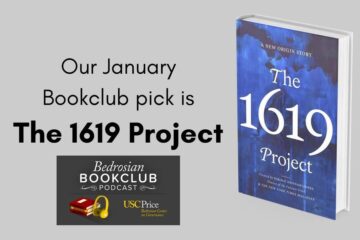Be thankful and deconstruct the myth
by Chrysa Perakis
Today, millions of Americans will hit the roads and wait in long TSA lines to head home for Thanksgiving with their families. As Thanksgiving tradition goes, tables will be set, turkeys will be stuffed, and pumpkin pie will be served. The focus of this holiday is around food: websites will tout their best Thanksgiving day recipes, morning talk shows will recommend the best way to make brussel sprouts, and television commercials will advertise turkey day deals.
While we attempt to recreate a Thanksgiving feast that united the Pilgrims and Native Americans we must ask ourselves: do we really know the history of this favorite national holiday? Is the focus on food masking the real story behind Thanksgiving?
The fictionalized comradely narrative of Thanksgiving has been embedded in the American education system for years and has become an integral part of American history. Children dress up as Pilgrims and Native Americans to recreate the historical “colonialist narrative” and this establishes Native Americans as only a part of America’s past. This is problematic because students learn about Native Americans only in a historical context and only associate them with a national holiday. The Thanksgiving story taught from textbooks does not reflect historical accuracy, but rather presents a cheerful story of the meeting of two groups sitting together to feast. The food Americans eat on Thanksgiving today is not fully reflective of the food consumed at this meeting- they also consumed fish and shellfish, potatoes had not yet made their way to North America, and it is unlikely that turkey was even feasted on.
Today there are 567 federally recognized tribes in the United States, tyet he story of Thanksgiving is presented to us as simply a meeting between Pilgrims and Native Americans, without identifying specifics. The people that met the colonists in 1621 were Wampanoags, a confederation of several tribes. This meeting was not the first between the two groups- from the early 1500s blood was shed and disease spread as the European colonists began to seize Native land. While a three-day feast between the Pilgrims and the Wampanoag did take place, it did not occur under the premise of a peace offering; it was filled with tension. According to Wampanoag tradition, an army of Wampanoag soldiers arrived to help the Pilgrims and offer aid after hearing gunfire. In the decades that followed, European colonists continued to steal Native land, spread diseases, and spill Native blood, even murdering the son of Ousamequin a leader of the Wampanoag peoples.
Over the following centuries, Thanksgiving transformed into the national holiday we celebrate today..Officially recognized as a holiday in 1863, during the Lincoln administration. However you choose to celebrate tomorrow, whether it is focusing on family and gratitude or enjoying a feast, I encourage you to learn more about the true story behind America’s favorite holiday. Share what you learn about the cultural appropriation surrounding the education of Thanksgiving and the dangerous stereotypes it perpetuates about Native Americans.
Start a conversation about deconstructing the myth surrounding this holiday. If you choose to partake in shopping this weekend, I encourage you to support Native American artists and businesses!
Have a safe and happy Thanksgiving!
[header image: Indian Territory (1999) by Alexander Volkov]



